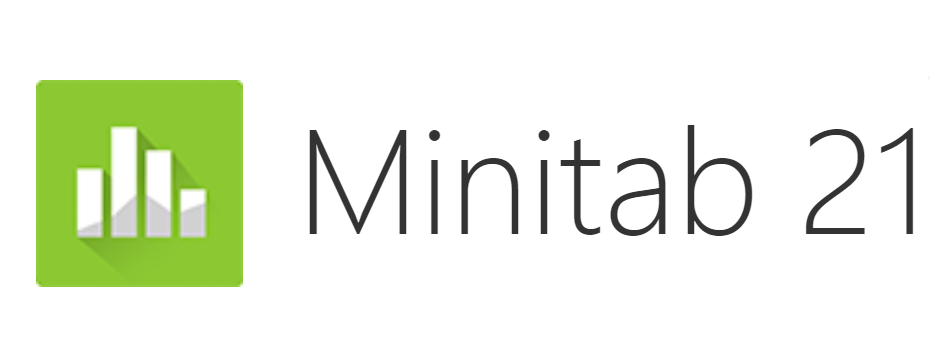Protecting sensitive information while ensuring data availability has become a core requirement for organizations. The database system has undergone self evolution by integrating complex privacy protection functions, marking a fundamental shift in the concept of data security - upgrading from traditional encryption techniques to a comprehensive protection system covering the entire lifecycle of data. This article will delve into the implementation path of privacy protection in modern databases and explore practical implications for sensitive information management.
The Evolution of Database Privacy
Database privacy protection technology has evolved from the basic access control stage to a multi-level protection system. Modern privacy protection functions at multiple levels such as field level, table level, and library level, achieving fine-grained control over sensitive information storage, access, and usage scenarios. This layered and progressive protection architecture enables organizations to effectively balance data security and usage value while meeting strict privacy regulations, building a dual protection mechanism for data lifecycle protection and business value release.
Advanced Privacy Features of PostgreSQL
PostgreSQL continues to lead in the field of open source database privacy protection with its comprehensive security feature system. Its row level security policy supports fine-grained permission control based on user context, ensuring that each user can only access authorized specific data rows. Column level encryption technology implements encryption protection for sensitive fields, ensuring data security while maintaining the analytical availability of non sensitive fields. Column level encryption adds another layer of protection by ensuring the security of sensitive fields while keeping other fields accessible for analysis. These features enable enterprises to implement complex privacy policies without sacrificing database functionality.
Oracle Enterprise Privacy Solution
The Oracle database system provides enterprise level privacy protection features for large institutions. Its Transparent Data Encryption (TDE) technology can encrypt and protect static data without requiring any modifications to the application program; Data anonymization technology can dynamically hide sensitive information based on user context. In addition, the Oracle database vault provides additional protection by restricting privileged users' access to application data - even if the database administrator cannot view sensitive data unless necessary.
Privacy Innovation of Microsoft SQL Server
Microsoft SQL Server has achieved breakthrough privacy protection with "Always Encrypt" technology, which allows clients to directly encrypt sensitive data within applications without disclosing encryption keys to the database engine. By combining Dynamic Data Masking and Row Level Security, a privacy protection framework covering the entire data process is constructed, which enterprises can deploy throughout their data infrastructure.
Modern methods of MongoDB
MongoDB meets modern privacy requirements through client-side field level encryption technology, allowing enterprises to encrypt sensitive data before it reaches the database server. Its searchable encryption function goes further, allowing encrypted data to be queried without decryption, which is a significant advancement in privacy protection database technology.
implementation and management
Implementing privacy protection functions requires careful planning and continuous management. Enterprises must strike a balance between privacy requirements and performance considerations to ensure that protection mechanisms do not have unnecessary impacts on database operations. Tools such as Navicat play a crucial role in this process, providing a unified interface for managing privacy features across different database platforms and helping enterprises maintain consistent privacy policies throughout their entire data infrastructure. This centralized management approach is particularly valuable for organizations running multiple database systems, as it provides consistent tools and workflows for privacy management of the entire database infrastructure. Navicat's support for secure connections and encrypted sessions adds another layer of protection, ensuring that database management activities themselves do not create security vulnerabilities.
The Future of Database Privacy
As people's attention to privacy continues to increase and relevant regulations become increasingly strict, we can expect database systems to develop more complex privacy protection functions. The trend of integrating privacy protection is likely to accelerate, which means building security into the core database architecture rather than adding it later. By adopting these advanced features while maintaining effective management through tools such as Navicat, organizations can effectively protect sensitive data from competitors and malicious third parties.









